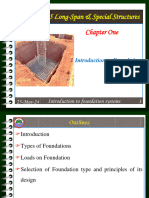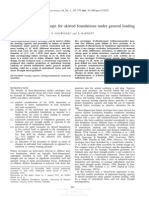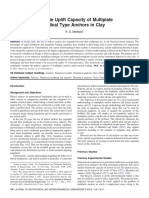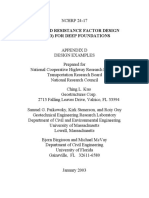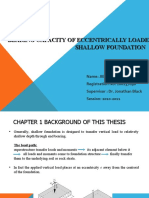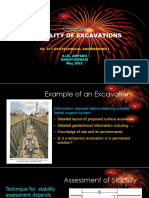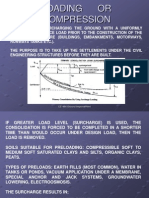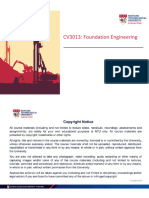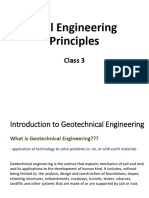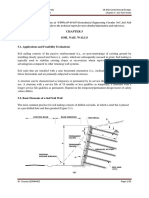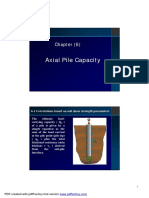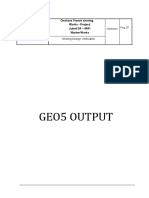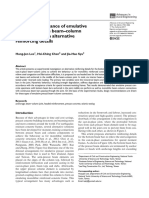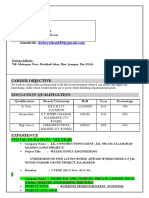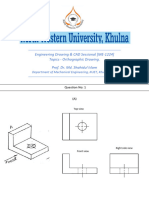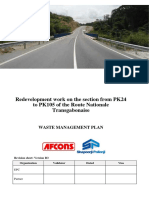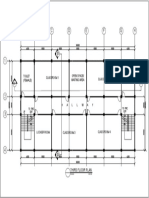0% found this document useful (0 votes)
157 views44 pagesChapter 1.ppt (Compatibility Mode)
The document is about foundation engineering and contains several chapters covering topics like deep foundations, pile types, pile installation methods, pile capacity calculations, lateral pile loads, pile settlement, and pile cap design. It discusses the roles and responsibilities of geotechnical engineers in foundation design and construction projects. Foundation types covered include shallow foundations like footings and raft foundations, deep foundations like piles and piers, and combined foundations. Methods for structures like tunnels, retaining walls, deep excavations, and bridges are also mentioned.
Uploaded by
Elhussain HassanCopyright
© © All Rights Reserved
We take content rights seriously. If you suspect this is your content, claim it here.
Available Formats
Download as PDF, TXT or read online on Scribd
0% found this document useful (0 votes)
157 views44 pagesChapter 1.ppt (Compatibility Mode)
The document is about foundation engineering and contains several chapters covering topics like deep foundations, pile types, pile installation methods, pile capacity calculations, lateral pile loads, pile settlement, and pile cap design. It discusses the roles and responsibilities of geotechnical engineers in foundation design and construction projects. Foundation types covered include shallow foundations like footings and raft foundations, deep foundations like piles and piers, and combined foundations. Methods for structures like tunnels, retaining walls, deep excavations, and bridges are also mentioned.
Uploaded by
Elhussain HassanCopyright
© © All Rights Reserved
We take content rights seriously. If you suspect this is your content, claim it here.
Available Formats
Download as PDF, TXT or read online on Scribd
/ 44
























